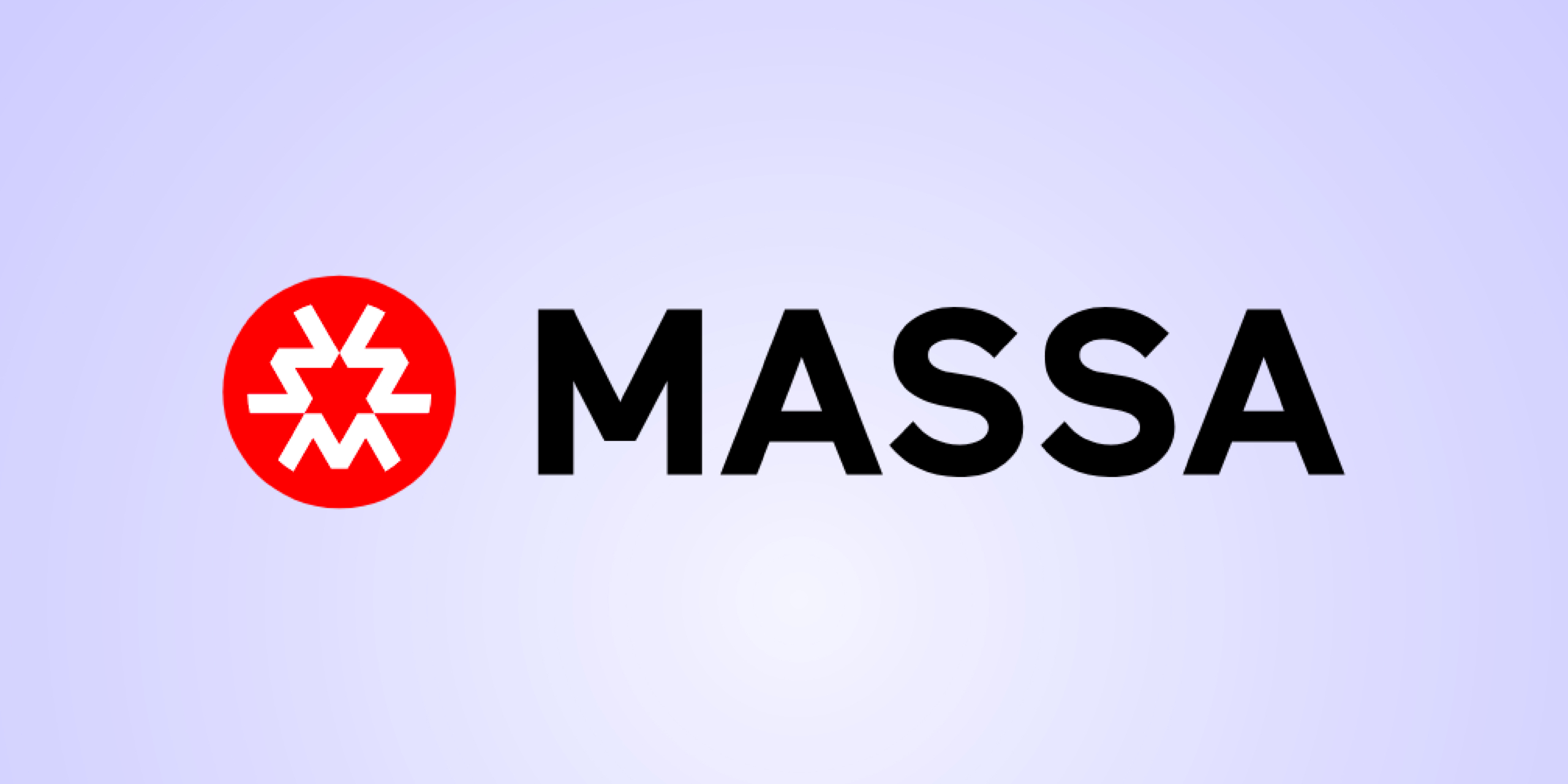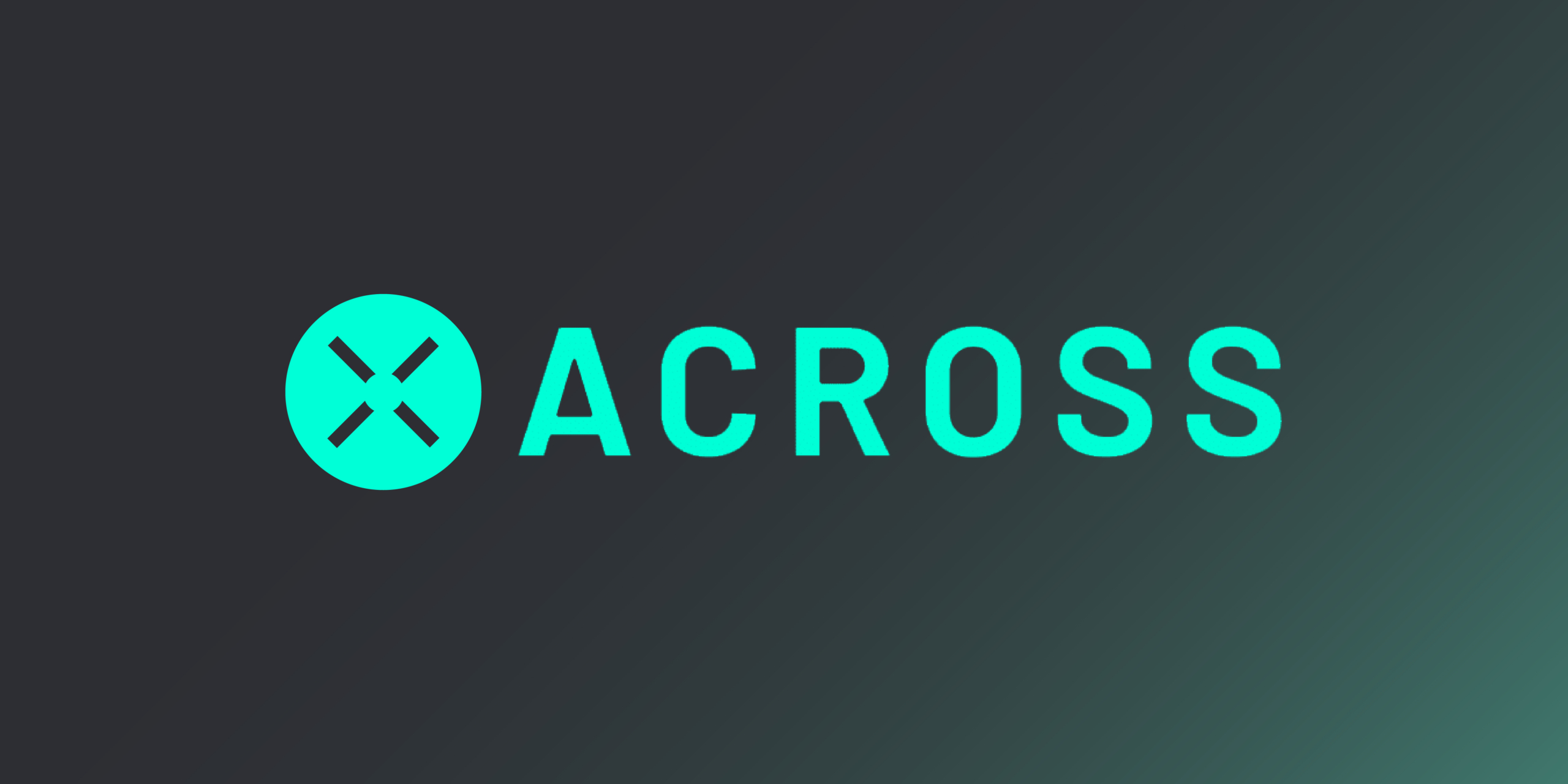Introduction
Massa emerges as a unique Layer 1 blockchain designed to address the blockchain domain’s prominent scalability, decentralization, and security trilemma. Focusing on DeFi and web3 applications, Massa introduces several innovative features, including a distinctive Proof-of-Stake consensus mechanism, parallel block architecture, and Autonomous Smart Contracts (ASCs), setting itself apart in the competitive blockchain landscape.
Innovation
Massa’s innovation lies in its attempt to tackle the blockchain trilemma without compromising on any front. Its parallel block architecture and the introduction of ASCs are particularly noteworthy. These ASCs enable truly autonomous operations within the DeFi ecosystem, a step forward in reducing reliance on external, centralized mechanisms for smart contract execution.
Architecture
The architecture of Massa is built around scalability and performance. By achieving over 10,000 transactions per second with thousands of nodes, it showcases an impressive capability to handle large-scale operations. The multithreaded block graph and the spatio-temporal structuring of blocks allow for parallel processing and enhanced block creation performance, a significant advancement over traditional blockchains.
Massa Code Quality
The underlying code of Massa reflects high standards of quality and innovation. Written in TypeScript and compiled to WebAssembly bytecode, the smart contracts on Massa are accessible to developers and optimized for performance. This choice of technologies indicates a forward-thinking approach, prioritizing developer friendliness and efficiency.
Product Roadmap
While specific details of Massa’s product roadmap are not provided, the project’s current achievements and focus areas suggest a commitment to evolving and expanding its capabilities in DeFi and web3 spaces. The introduction of on-chain web hosting and the Massa Station desktop application underscores its ambition to provide a fully decentralized web experience.
Usability
The usability of Massa, mainly through Massa Station, is a focal point for the project. By providing an intuitive way for users to interact with the blockchain via a desktop application, Massa aims to lower the barriers to entry for engaging with dApps and smart contracts, enhancing the overall user experience in the blockchain ecosystem.
Team
The development team behind Massa comprises highly experienced developers, though specific details about the team’s composition and background are sparse. The project’s ability to raise significant funding and attract notable investors like TRGC and Blueyard speaks to the confidence in the team’s capabilities and vision.
Conclusion
Massa stands out as a promising Layer 1 blockchain solution, addressing critical scalability, decentralization, and security issues without compromise. Its innovative features, including ASCs and parallel block architecture, set a new standard in the blockchain space. The project’s focus on usability, high code quality, and a clear vision for a decentralized future positions Massa as a noteworthy player in the evolving DeFi and web3 landscapes. However, the long-term success of Massa will depend on its ability to continue innovating, maintain high code standards, and effectively implement its ambitious roadmap.
| Initial Screening | |||
| Keep researching | |||
| Does this project need to use blockchain technology? | Yes | ||
| Can this project be realized? | Yes | ||
| Is there a viable use case for this project? | Yes | ||
| Is the project protected from commonly known attacks? | Yes | ||
| Are there no careless errors in the whitepaper? | Yes | ||
| Project Technology Score | |||
| Description | Scorecard | ||
| Innovation (Out Of 11) | 10 | ||
| How have similar projects performed? | Good | 2 | |
| Are there too many innovations? | Medium | 1 | |
| Percentage of crypto users that will use the project? | Over 11% | 5 | |
| Is the project unique? | Yes | 2 | |
| Architecture (Out of 12) | 9 | ||
| Overall feeling after reading whitepaper? | Good | 2 | |
| Resistance to possible attacks? | Good | 2 | |
| Complexity of the architecture? | Not too complex | 2 | |
| Time taken to understand the architecture? | 20 – 50 min | 1 | |
| Overall feeling about the architecture after deeper research? | Medium | 2 | |
| Has the project been hacked ? | No | 0 | |
| Code Quality (out of 15) | 15 | ||
| Is the project open source? | Yes | 2 | |
| Does the project use good code like C,C++, Rust, Erlang, Ruby, etc? | Yes | 2 | |
| Could the project use better programming languages? | No | 0 | |
| Github number of lines? | More than 10K | 1 | |
| Github commits per month? | More than 10 | 2 | |
| What is the quality of the code? | Good | 2 | |
| How well is the code commented? | Outstanding | 2 | |
| Overall quality of the test coverage? | Outstanding | 2 | |
| Overall quality of the maintainability index? | Outstanding | 2 | |
| When Mainnet (out of 5) | 5 | ||
| When does the mainnet come out? | Mainnet Ready | 5 | |
| Usability for Infrastructure Projects (out of 5) | 5 | ||
| Is it easy to use for the end customer? | Yes | 5 | |
| Team (out of 7) | 7 | ||
| Number of active developers? | 5+ | 2 | |
| Developers average Git Background? | Senior | 2 | |
| Developers coding style? | Outstanding | 3 | |
| Total Score (out of 55) | 51 | ||
| Percentage Score | |||
| Innovation | 18.18% | ||
| Architecture | 16.36% | ||
| Code Quality | 27.27% | ||
| Mainnet | 9.09% | ||
| Usability | 9.09% | ||
| Team | 12.73% | ||
| Total | 92.72% |





